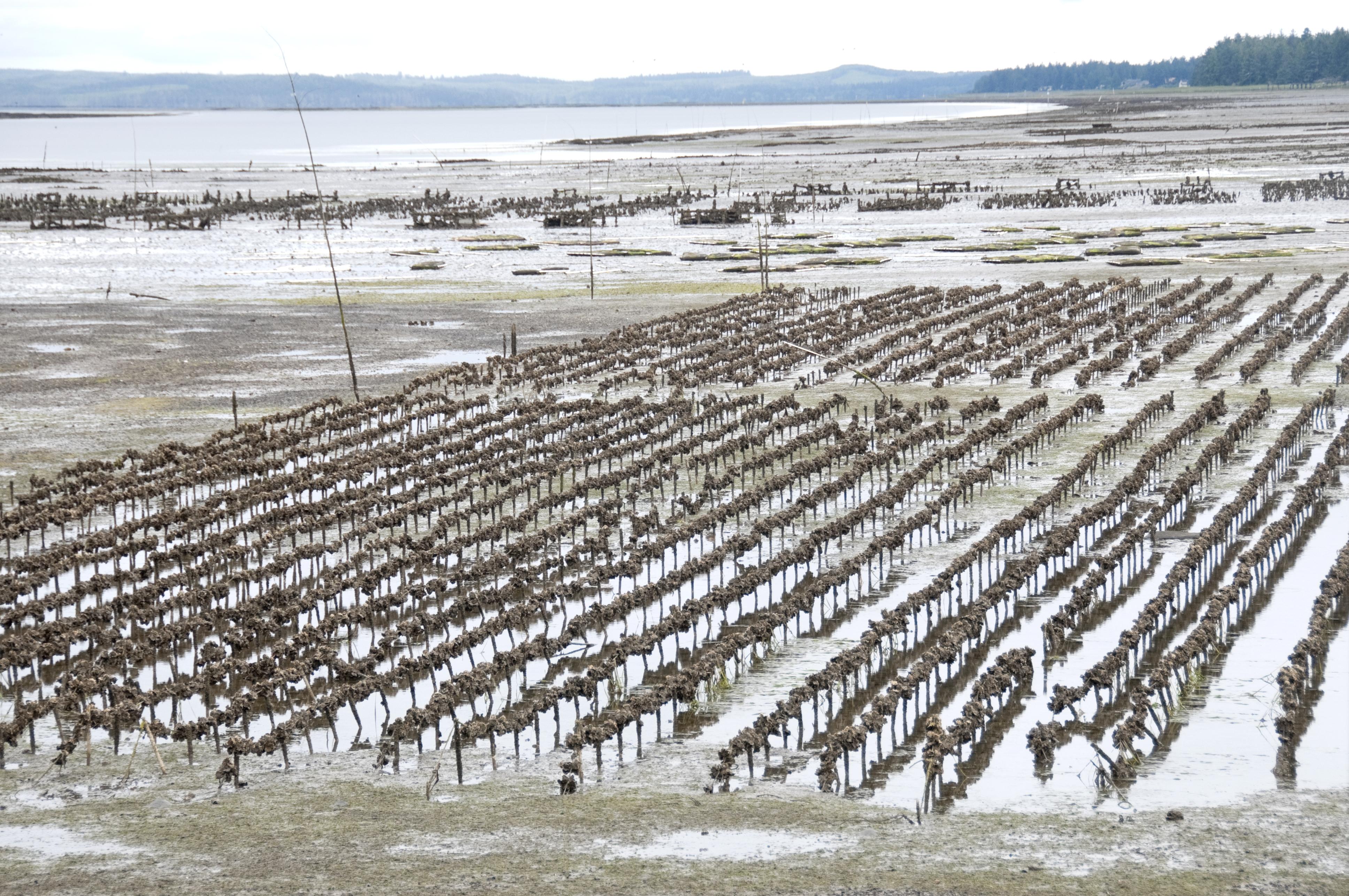
Dumbauld, The ecological role and potential impacts of molluscan shellfish culture in the estuarine environment
The commercial cultivation of Pacific oysters (Crassostrea gigas) in estuarine tidelands extends across Washington, Oregon, and California. Recently, aquaculture practices in these areas have faced increased environmental and public examination as natural resource agencies and officials now place greater emphasis on safeguarding ecosystems due to their biological productivity, intricate habitats, and wide-ranging species. With an indispensable role in indicating a healthy estuarine environment, the commercial shellfish industry remains under constant observation by water quality-focused resource agencies. Balancing preservation of aquatic life with shellfish cultivation necessitates an understanding of how shellfish-growing activities influence estuarine system dynamics. Our study provides current scientific insights into both the positive and detrimental impacts of aquaculture activities within estuaries in the Pacific Northwest.
Objectives:
- Assess the immediate and longer-term response of eelgrass to aquaculture practices, including bottom- culture (planting, harvest dredging, hand harvesting) and long-line operations (planting and harvesting)
- Compare benthic infauna and epifauna species diversity, density, and biomass across habitat types (eelgrass, mud, bottom-culture oysters, long-line oysters); manipulate habitat and assess response of infauna and epifauna
- Compare densities and behavior of fish and invertebrates, especially juvenile salmonids and Dungeness crabs, across habitat types
Project Summary
| Duration: | 4 years |
|---|---|
| Funded Date: | 09/01/1999 |
| Funding level: | $400,000 |
| PI: | |
| Advisors: | |
| Location: | California - CA, Washington - WA |
| Species: | Eelgrass, Pacific oysters |
| Topics: | Culture |
